Whether it is her cool songs like Checka, Piya Piya Calling and Siste Dans, cutting-edge EP Running Deep, or acclaimed 2024 debut album Shahrazad, Delara has consistently crossed creative horizons and collaborated with global talent.
The award-winning Norwegian singer has lit up the live scene, clocked millions of streams, and connected with diverse cultures through her eclectic music. The fabulously forward-thinking talent has added to her impressive achievements with the newly released Kalash Reimagined, a bold collaboration with Indian singer Charan, Pakistani producer Talal Qureshi and Jamaican-American rapper BEAM.
Eastern Eye caught up with Delara to discuss her music, inspirations, future hopes and unique new single.
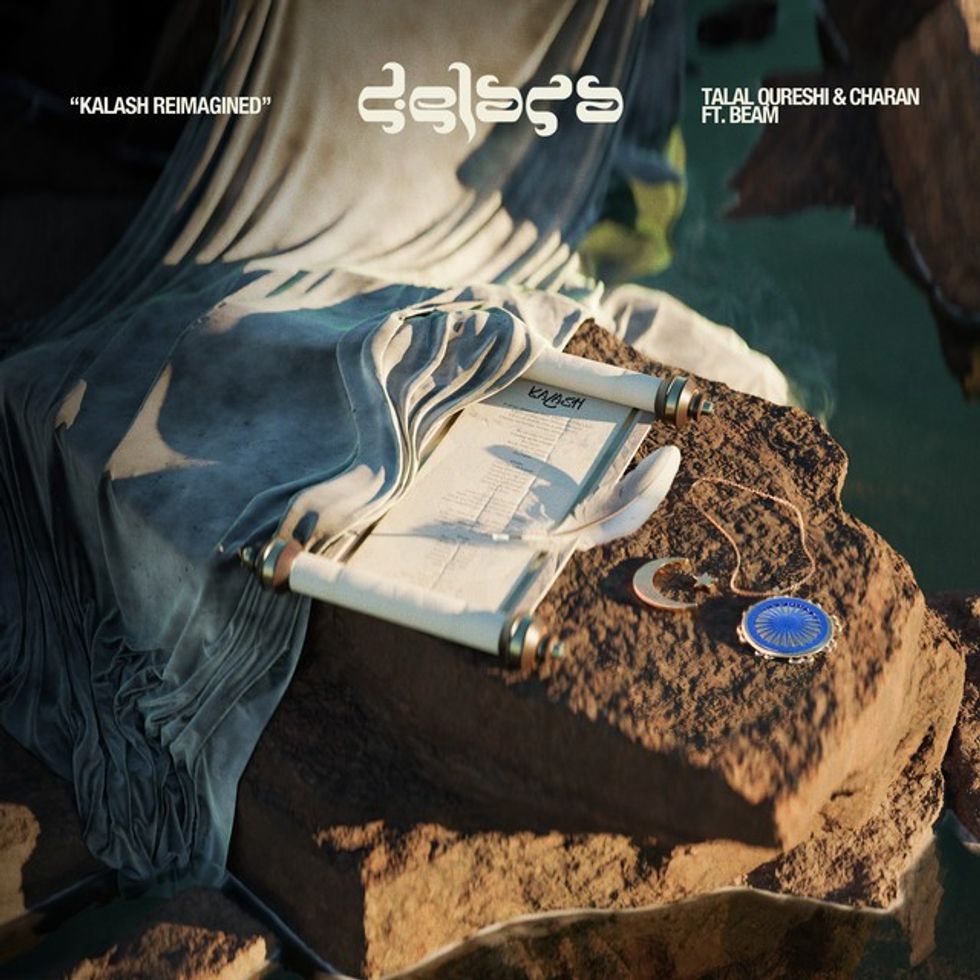
What first connected you to music?
I think music was always part of my life before I even knew what it meant to me. I grew up in a household where my parents would talk about life and politics around the dinner table. That energy of emotion, reflection and curiosity somehow found its way into the songs I started writing. Music became my space for understanding myself and the world around me.
How do you reflect on your music journey so far?
I’m proud of how much I’ve dared to evolve. From the start, I didn’t take the easiest route. I sang about politics and personal struggles when people told me not to. But I’ve always trusted that staying true to myself would lead me to where I’m meant to go. That has shaped me into the artist I am today – a mix of experimentation, boldness and vulnerability.
Which of your songs is closest to your heart?
That’s a hard one, but Unbound will always be very close to me. I wrote it during a time when I was thinking a lot about the impermanence of life, and how nothing and no one lasts forever. The relationship I have with my mother, who means everything to me, inspired much of that song. Having her in the music video made it even more emotional and personal.
How much did the acclaim your debut album received mean to you?
Of course, I’m grateful for the recognition, but I try not to get too caught up in critical acclaim. What means the most to me is the feedback I get from listeners – people who send me messages or come up to me after shows saying a song helped them through something. That’s what gives me confidence and keeps me creating.
Tell us about Kalash Reimagined.
Kalash Reimagined takes the original track to new heights by merging powerful voices and sounds from different parts of the world. After working on Piya Piya with Coke Studio last year, it felt natural to expand on this fusion of cultures. The remix blends south Asian sounds, Jamaican energy and Norwegian–Iranian influences to create something bold and deeply emotional. It is a celebration of what can grow when different worlds collide.
What was it like collaborating with Charan, Talal Qureshi and BEAM?
Collaborating with Charan, Talal and BEAM was an amazing experience. Charan brought his unique perspective and fresh energy to the track. Talal’s creativity and musical vision really helped elevate the sound, while BEAM’s raw intensity added something special. It felt like a real meeting of different worlds, with voices that had something real to say. The collaboration was a true exchange of energy and ideas, and it came together beautifully.
How would you describe this track?
It’s a powerful fusion of sounds and emotions. Kalash Reimagined is bold, raw and unapologetic – yet playful and full of energy. The track exists in the spaces between cultures, not trying to represent everything but highlighting what can grow when worlds collide. It celebrates shared experiences and the beautiful complexity that emerges from blending different backgrounds.
Who are you hoping this song connects with?
I hope this track resonates with anyone who feels caught between cultures or identities. It is for those who do not fit neatly into one box. Whether you are from south Asia, the diaspora, the Caribbean or anywhere in between, I want the song to speak to those who feel empowered by blending different worlds – and who are open to the beauty that comes from that fusion.
What can we expect next from you?
There is a lot on the horizon. I’m about to announce my biggest headliner show yet, which I’m incredibly excited about. I’m also working on new music and visual projects that will push boundaries, along with more cross-cultural collaborations like Kalash Reimagined. The goal is always to connect sounds and stories in unexpected ways. I’m exploring fresh creative paths, keeping things organic and letting ideas flow freely.
Who would you love to collaborate with? There are so many, but right now I would love to work with artists who challenge genres and tell strong stories – people like Bad Bunny, Rosalía, Frank Ocean or even Raveena. Artists who are not afraid to blend cultures and sounds.
What kind of music dominates your personal playlist?
It’s a mix of many things. But with summer approaching, there is a lot of Afro, reggaeton, salsa, r’n’b and hip hop. I’ve actually created a personal playlist that I share with my listeners.
What inspires you as an artist?
Life itself – my family, friends, conversations with strangers, travelling, latenight thoughts, missing home, or wondering what home even means. I get inspired by contradictions, and those quiet moments of reflection when I’m not even trying to create.
Why do you love music?
When I’m creating music, I feel the most free. It is a space where only your mind, creativity and ideas matter – not how you look or how others see you. Music was the first place where I felt truly seen and heard. It’s a powerful force of connection, the closest thing we have to real magic – a universal language that everyone understands. In just seconds, music can make us feel a little less alone. How can you not love that?
Instagram: @amandadelara


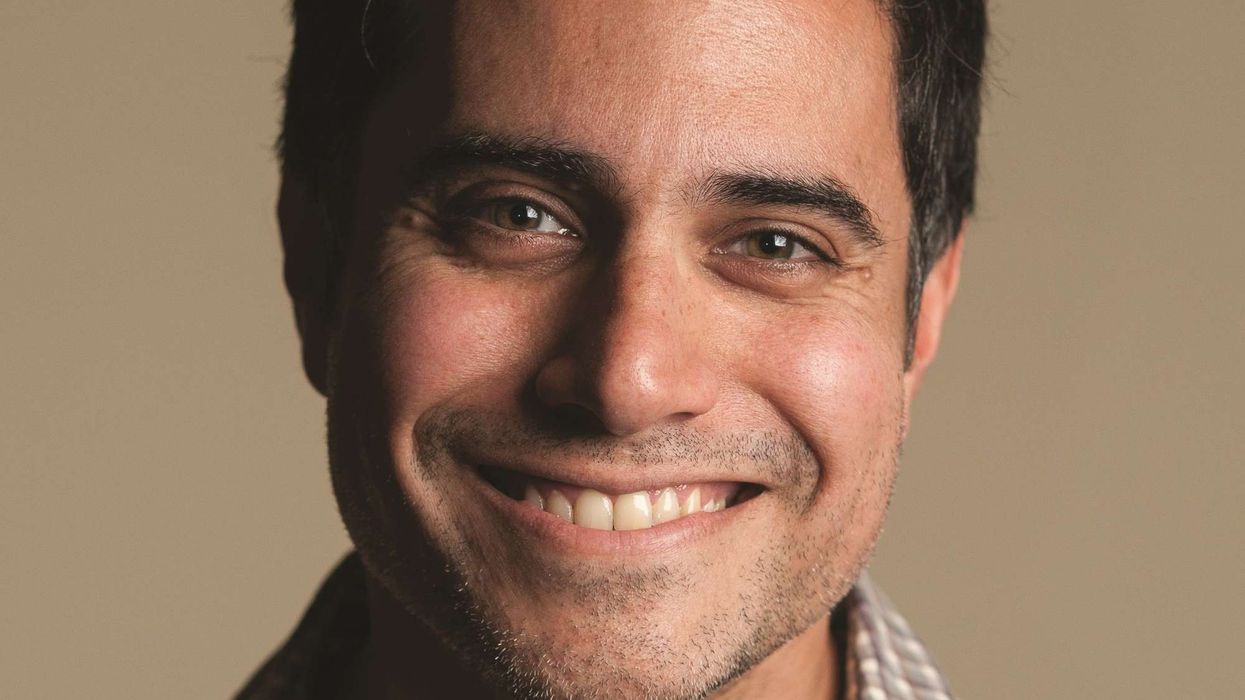
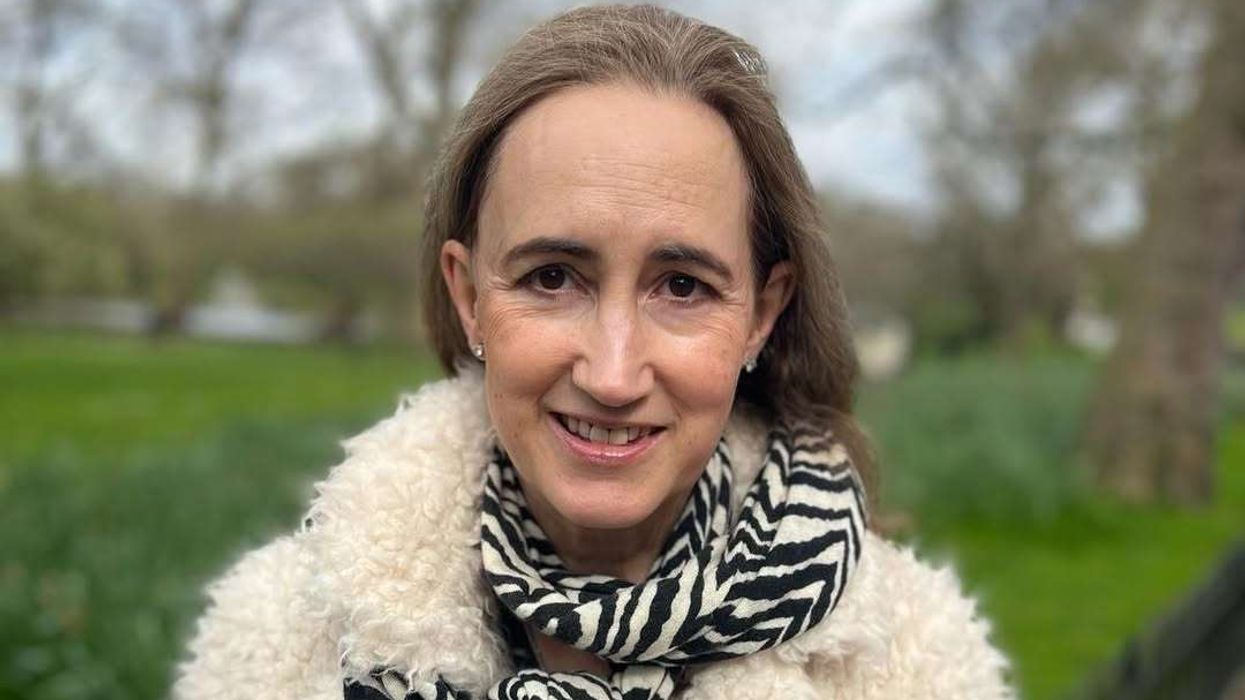
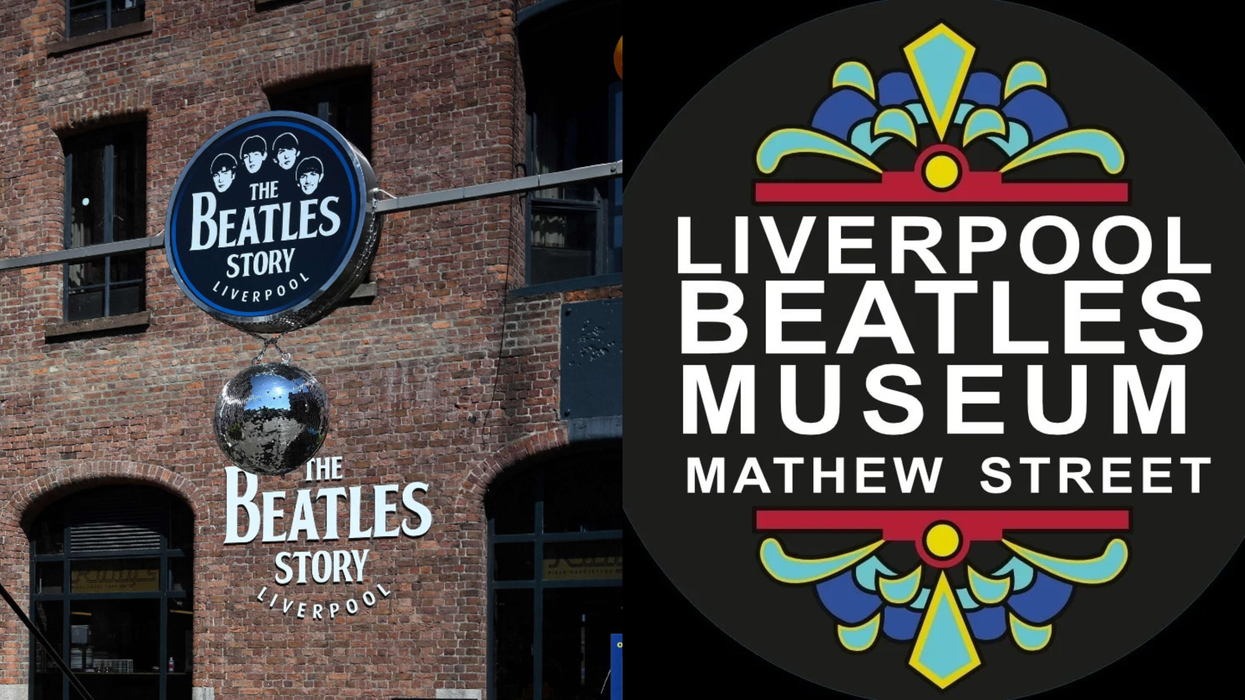
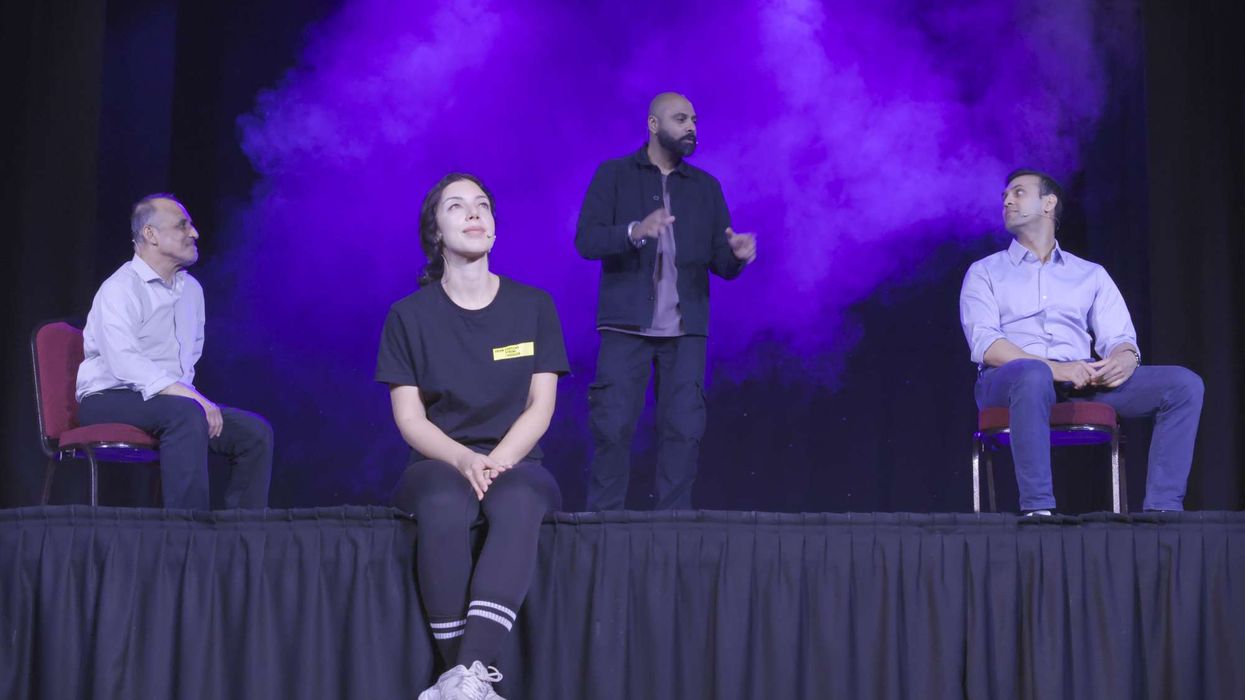
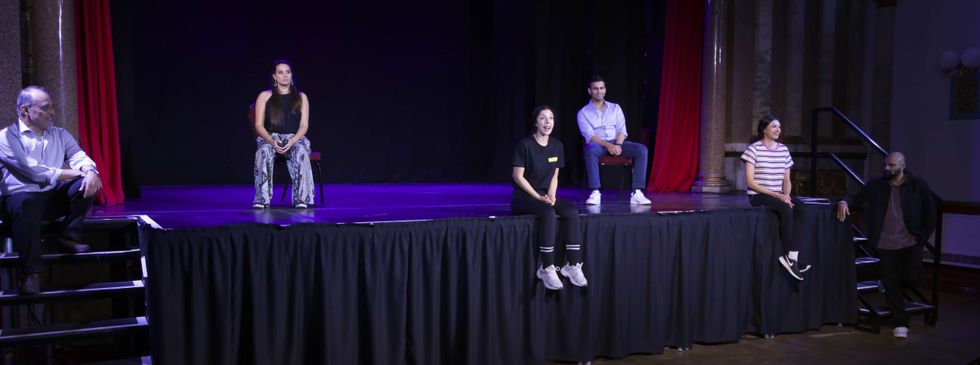 The play is written by Tarun Jasani and directed by Mukul AhmedMGT
The play is written by Tarun Jasani and directed by Mukul AhmedMGT





